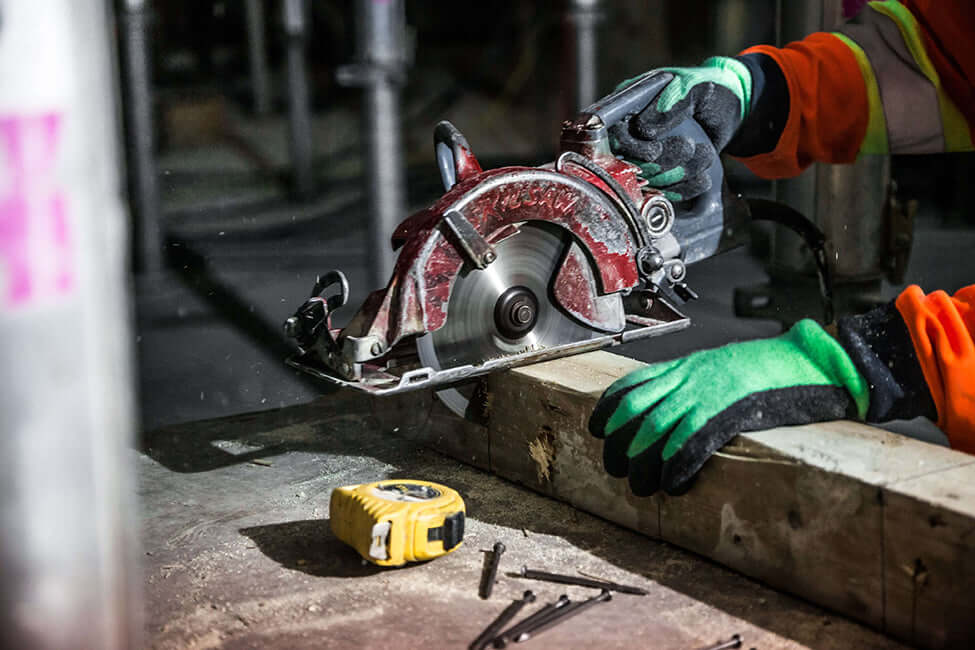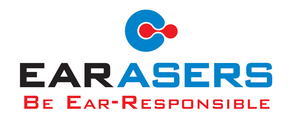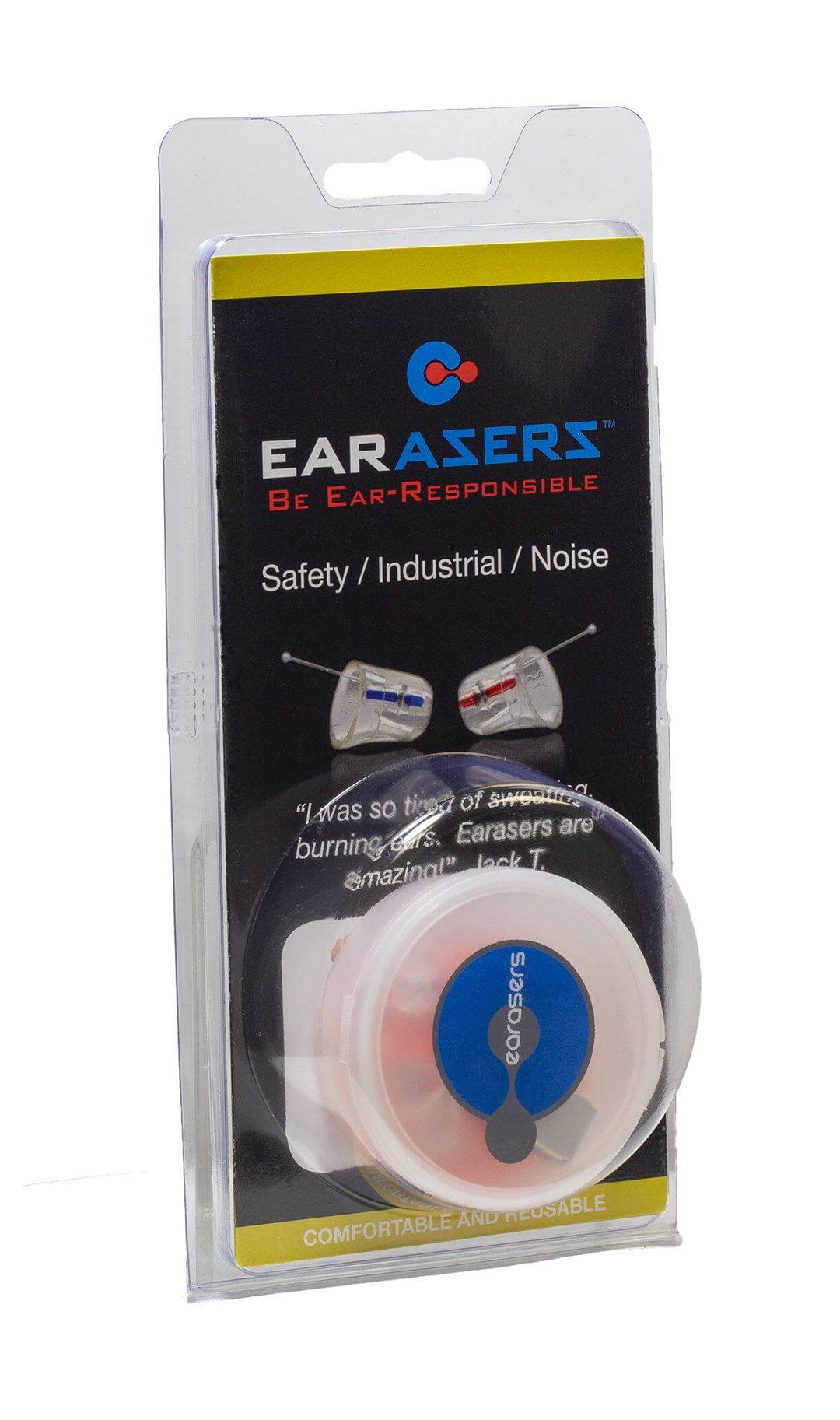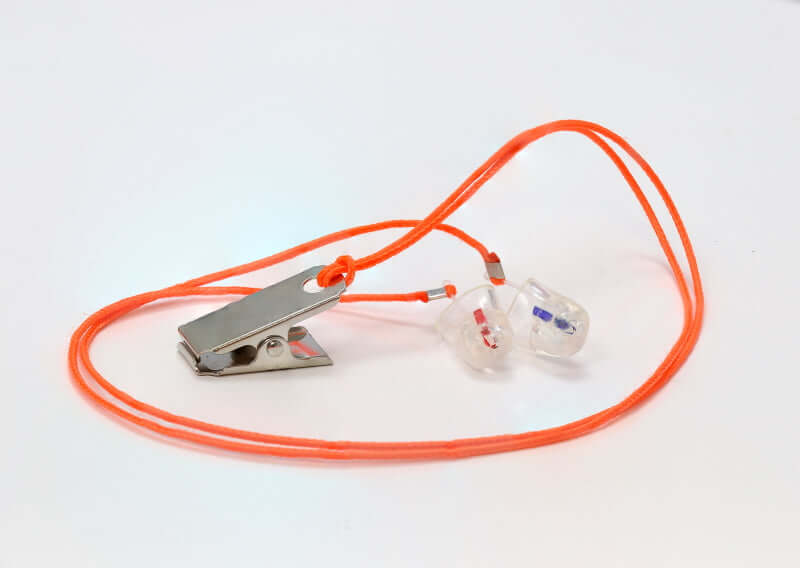

High fidelity hearing protection
Tired of uncomfortable hearing protection that blocks your ability to hear what is going on around you? Then ditch your old solution and step up to Earasers. We provide unparalleled comfort and clarity, with up to 31dB of protection in the frequencies where our our ears are most sensitive. Reduces the noise so you can hear your surroundings and conversation more clearly. They are also the only earplugs that can be renewed as needed at a fraction of the original cost.
OSHA & NIOSH
The Occupational Safety and Health Administration (OSHA) and the National Institute for Occupational Safety and Health (NIOSH) have established requirements and guidelines for hearing protection in the workplace to prevent occupational hearing loss. These requirements aim to protect workers from hazardous noise levels and ensure the effective use of earplugs and other hearing protection devices. Here's an overview of OSHA and NIOSH hearing protection requirements and best practices for using earplugs effectively:
OSHA Hearing Protection Requirements:
- Permissible Exposure Limit (PEL): OSHA has set a permissible exposure limit for noise exposure in the workplace. The current standard is 90 decibels (dB) averaged over an 8-hour workday, known as the time-weighted average (TWA). When noise levels exceed this limit, employers must implement hearing conservation programs.
- Hearing Conservation Program: Employers are required to establish and maintain a hearing conservation program when noise exposure levels equal or exceed an 8-hour TWA of 85 dB. Key components of a hearing conservation program include noise monitoring, audiometric testing, hearing protection, training, and record-keeping.
- Hearing Protection Devices (HPDs): When noise levels cannot be adequately reduced through engineering controls (e.g., noise barriers or equipment modifications), employers must provide hearing protection devices such as earplugs or earmuffs to affected employees.
- Selection and Fitting: Employers must ensure that the selected hearing protection devices are appropriate for the noise levels and job tasks. Earplugs should be properly fitted to each worker to provide effective protection.
- Training: Employers are required to provide training on the proper use, care, and maintenance of hearing protection devices. Workers must understand how to insert earplugs correctly to achieve a proper seal.
NIOSH Hearing Protection Guidelines:
NIOSH provides guidelines and recommendations for hearing protection, which complement OSHA regulations:
- Noise Reduction Rating (NRR): NIOSH recommends selecting hearing protection devices with an NRR sufficient to reduce the noise exposure level below the permissible exposure limit (PEL) when used correctly. The NRR is typically indicated on the packaging of earplugs and earmuffs.
- Fit Testing: NIOSH encourages fit testing of hearing protection devices to ensure they provide adequate protection for individual workers. Fit testing can identify and address issues with the seal of earplugs.
Effective Use of Earplugs:
To ensure the effective use of earplugs and protect workers' hearing, consider the following best practices:
- Proper Insertion: Teach workers how to insert earplugs correctly. This often involves rolling or compressing foam earplugs before inserting them into the ear canal, allowing them to expand for a snug fit.
- Clean Hands: Workers should have clean hands when inserting earplugs to prevent introducing dirt or contaminants into the ear.
- Replace Regularly: Earplugs should be replaced regularly, especially if they become dirty, damaged, or lose their elasticity. Disposable earplugs should not be reused.
- Comfort and Fit: Ensure that the selected earplugs are comfortable and suitable for the specific job tasks and noise levels. Uncomfortable earplugs may lead to improper use or non-compliance.
- Training: Provide ongoing training to reinforce proper earplug use and the importance of hearing protection.
- Supervision and Compliance: Supervisors should monitor and enforce the use of hearing protection in noisy work environments to ensure compliance with safety regulations.
- Hearing Testing: Implement regular audiometric testing to monitor employees' hearing and detect any signs of hearing loss early.
Remember that effective hearing protection is a combination of selecting the right hearing protection devices, ensuring proper fit and use, and maintaining a comprehensive hearing conservation program in compliance with OSHA and NIOSH requirements.



